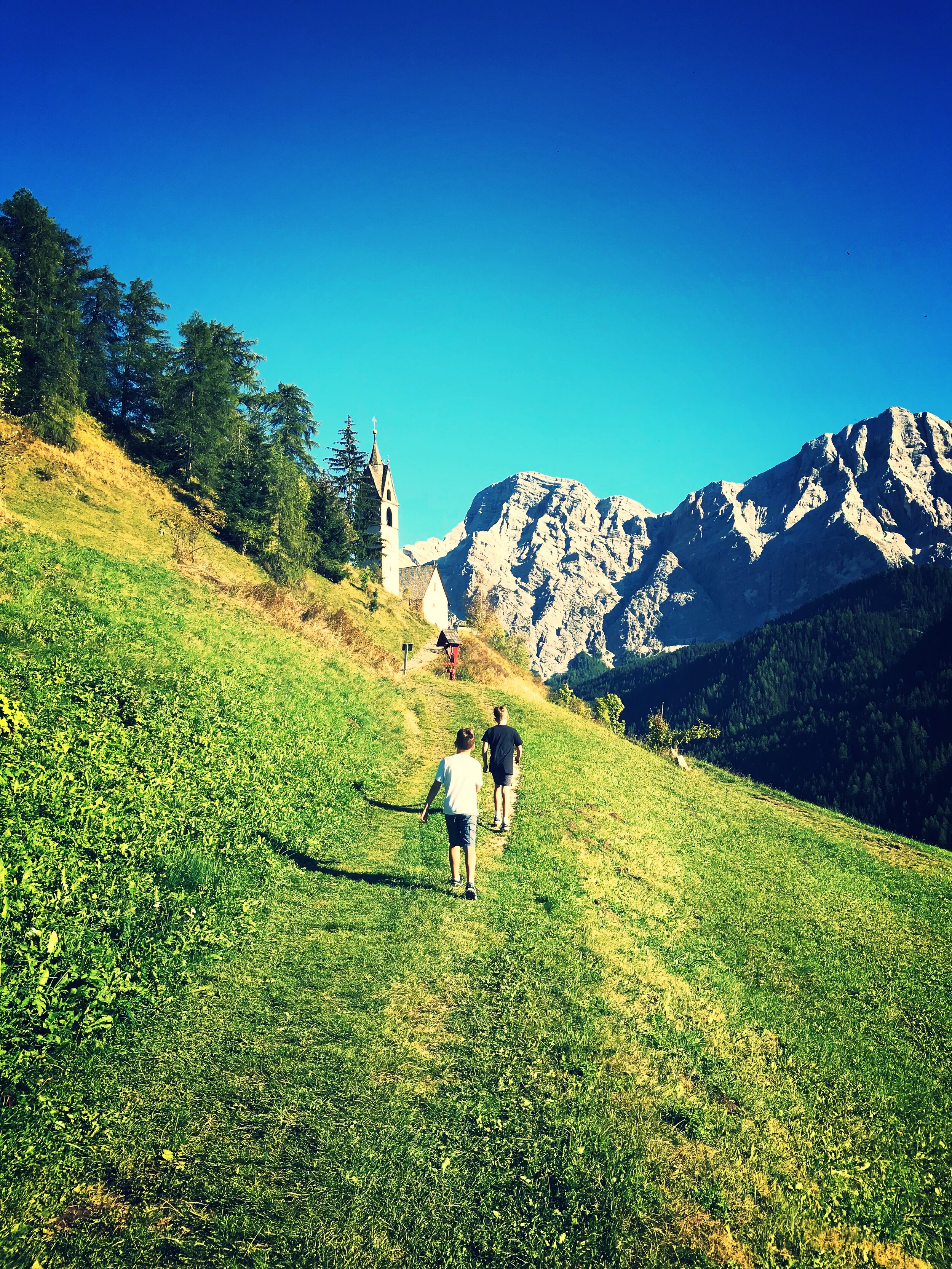I was talking to a coach friend of mine this week who also works with people through life transitions. She has been doing training to be a Death Doula. That is, a person who supports an individual and their family when the individual is dying. We were talking about how we as a society have become fearful of death as we outsourced to funeral homes. I recalled a story my grandmother told me some years ago. When she was a teen, the young child living next door passed away and his body was in the front room of the house and they went in to see him before the funeral. She said he looked so beautiful and angelic and that it was a very special experience to see a human like this. She felt we had lost connection with death as a natural part of the life cycle. A passage of life.
Why did we lose the ritual aspect of rites of passage in our lives? We move from childhood to become teenagers, then to become adults. We become parents, then we go through midlife and we become older members of society before we pass away. We used to celebrate these transitions supported by community around us. We used to relish in becoming wiser and older. Why did this change? Some cultures still hold rituals around some transitions like becoming a teenager, but on the whole it seems rarer.
I’ve worked in transition for most of my career in various shapes and forms, I studied adult development for many years. The question that has always been on my mind is ‘Why do some people keep growing and developing through adulthood and some get stuck?’ There are so many reasons for this. One perspective I’ve come to is this. Many people become stuck in the adolescent to adult transition. It shows up as very black and white thinking, limited ability to cope with ones own emotions, let along the emotions of others and there are many more observable blocks. When we stopped supporting each other in these transitions, we stopped having rituals and celebrations to pass these milestones. We stopped acknowledgement and acceptance of the different stages of life. Rituals create gateways for transition.
The container of a community supporting us through transition, supports and encourages us to shed parts of self we don’t need any longer and step into and embrace the new aspects of ourselves to navigate this new stage of life. It creates safety in a time of internal turbulence. We live with a context of a cultural narrative that celebrates and worships youth, is it any wonder that individuals will do anything to avoid ageing. That so many people struggle through parenthood and midlife transition. The whole cosmetics industry is built around avoiding ageing. I have heard many young mothers I have coached over the years say I just want to get back to work and be my old self. Guess what, she is gone, you have created a whole new part of yourself now; your inner mother, an expanded version of you. Embrace her.
There is not much support culturally nor is there community support to embrace transitions. We rarely acknowledge the changes in others. These transitions are turbulent, if it does not feel safe, if we don’t understand it or feel understood, why would we embrace it?
The world needs its wise women right now. Now more than ever we need community to thrive and grow. I want to rewrite what it means to age and come into feminine wisdom and creativity. What does it means to be a 50, 60 or 70 year old woman to come into the full feminine expression of who you are. As wise women how can we come together to show our compassion, leadership, knowledge creativity and wisdom. How can we create a loving and better world? What are the roles we need to take up?
Instead of making older women invisible, which is the common experience many women talk about, what if we actually reimagined the role of older women in society? What if their role was to lead community based projects? What if their role was to ensure that younger generations thrived? What if their role was to create these community containers to support younger generations to embrace the different life stages and feel safe to keep growing, learning and evolving?
My work is about supporting women through motherhood and midlife transitions. I focus on helping women transition to become wise women. As I see turning 50 knocking on my door I love where I am in life. I appreciate every day that I am still here, that I can swim in the sea, hug a tree and laugh and cry with my family and friends. Ageing kind of rocks I think.
If you like this blog, reply back and tell me or forward it onto a friend.



